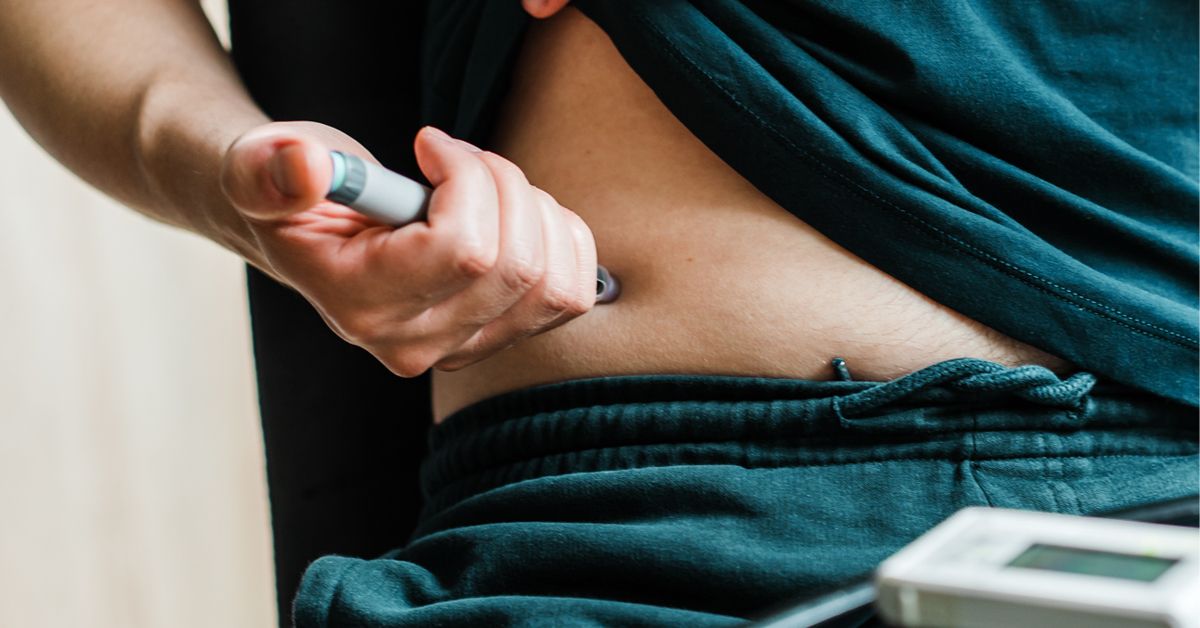Two new randomized clinical trials published September 14 in The Lancet Diabetes & Endocrinology found that larger weekly doses of semaglutide led to greater weight loss than the standard dose or placebo, with manageable side effects.
Study 1 (no diabetes)
– Design and participants: 1,407 people with obesity (mean age 47, mean BMI ~40; 73% female) enrolled at 95 sites across 11 countries and followed from January 2023 to November 2024.
– Intervention: Most participants received 7.2 mg weekly semaglutide (triple the standard approved dose), others received 2.4 mg or placebo. All were given lifestyle counseling on diet and exercise.
– Results: Mean weight loss was 19% for the 7.2 mg group, 16% for the 2.4 mg group, and about 4% for placebo. About half of the 7.2 mg group lost ≥20% of body weight; roughly one-third lost ≥25%.
– Safety: The higher-dose group reported more gastrointestinal side effects but investigators described these as manageable.
Study 2 (with type 2 diabetes)
– Design and participants: 512 people with obesity and type 2 diabetes (mean age 56, mean BMI 38, mean HbA1c ≳8; 52% female) studied at 68 sites between January and May 2023.
– Results: Mean weight loss was 13% with 7.2 mg, 10% with 2.4 mg, and about 4% with placebo. The 7.2 mg dose also produced larger reductions in waist circumference and blood sugar.
– Safety: Higher rates of gastrointestinal effects were again reported; investigators called them manageable.
Noted concerns and expert comments
– Funding: Both trials were funded by Novo Nordisk, the manufacturer of several semaglutide products.
– Efficacy: Mir B. Ali, MD, a bariatric surgeon, said GLP-1 drugs are the most effective medications currently available for weight loss, though bariatric surgery remains more effective for candidates and medications typically require long-term use because weight regain is common after stopping therapy.
– Safety and off‑label use: The FDA‑recommended semaglutide dose for weight management is 2.4 mg weekly; higher doses would be off‑label and may increase long‑term side‑effect risk and out‑of‑pocket costs because insurance coverage may be limited.
– Neurologic symptom signal: Dan Azagury, MD, noted an increased frequency of dyseasthesia (skin sensitivity, burning or pain sensations) at the higher dose (22.9% vs. 6% with the lower dose). About 18.7% of affected patients had not recovered by the end of the study, underscoring the need for further research to characterize this risk.
– Overall view: Azagury described the higher dose as more effective while maintaining a similar profile for typical GI side effects but stressed the need for longer-term safety data.
Context and practical advice
– Semaglutide is one of several GLP‑1 receptor agonists marketed under brand names such as Ozempic, Wegovy, and Rybelsus; some are approved for diabetes (Ozempic, Rybelsus) and Wegovy is approved for weight management. Semaglutide is available as injections and oral tablets. Another class of weight‑loss injectables uses tirzepatide (brands include Mounjaro and Zepbound).
– Clinicians and patients should weigh potential benefits against risks, consider that higher dosing would be off‑label, and discuss cost and monitoring.
– Experts emphasize that drugs and surgery are tools to support weight loss; sustainable benefit typically requires long‑term use plus lifestyle changes—balanced diet, regular exercise, adequate sleep—and multidisciplinary follow‑up (dietitians, ongoing medical supervision) to adapt treatment and support behavior change.
The study authors and commentators called for additional trials to assess long‑term risks and benefits of higher semaglutide doses.




